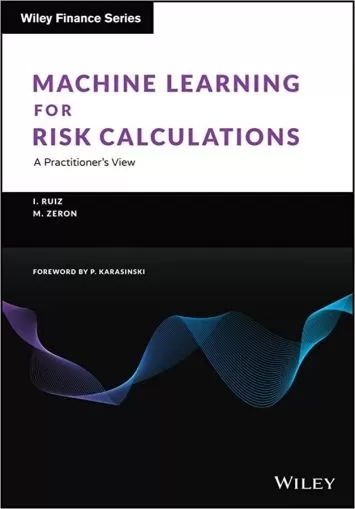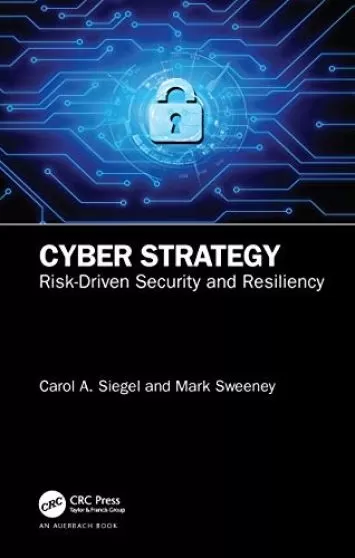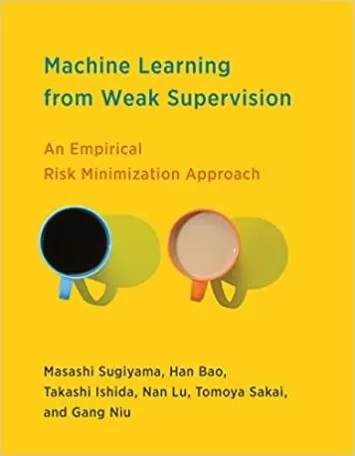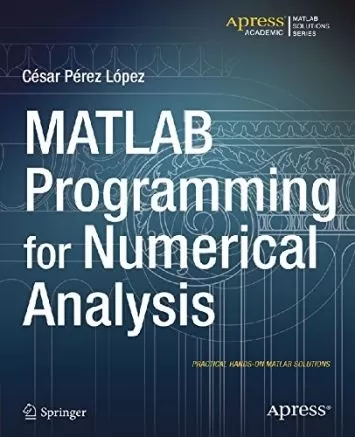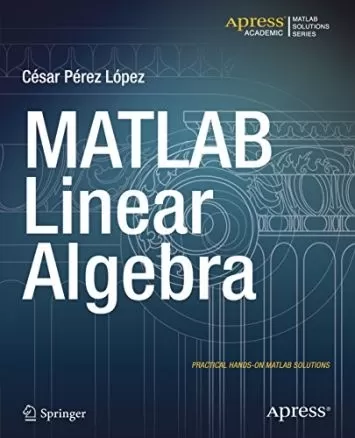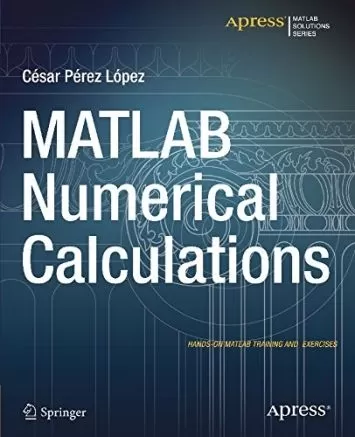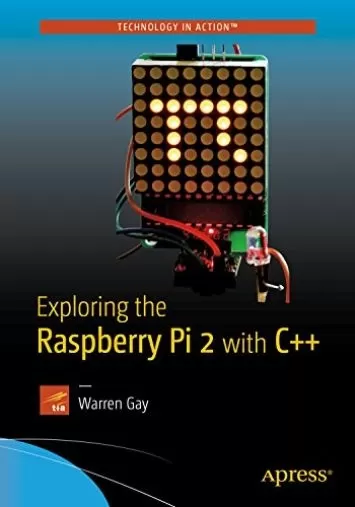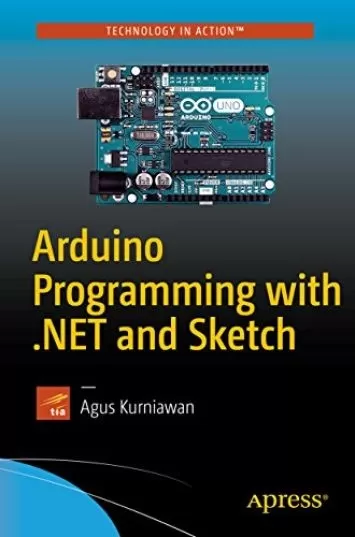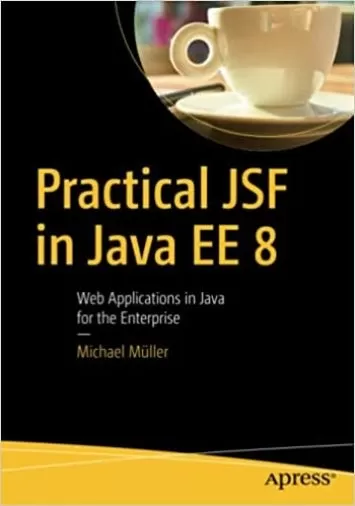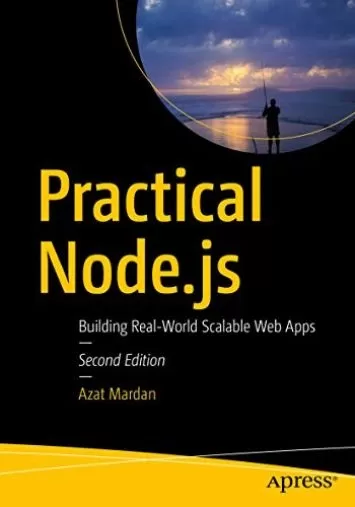
Event- and Data-Centric Enterprise Risk-Adjusted Return Management: A Banking Practitioner’s Handbook
Category
Author
Publication
Apress
From the Back Cover
Take a holistic view of enterprise risk-adjusted return management in banking. This book recommends that a bank transform its siloed operating model into an agile enterprise model. It offers an event-driven, process-based, data-centric approach to help banks plan and implement an enterprise risk-adjusted return model (ERRM), keeping the focus on business events, processes, and a loosely coupled enterprise service architecture.
Most banks suffer from a lack of good quality data for risk-adjusted return management. This book provides an enterprise data management methodology that improves data quality by defining and using data ontology and taxonomy. It extends the data narrative with an explanation of the characteristics of risk data, the usage of machine learning, and provides an enterprise knowledge management methodology for risk-return optimization. The book provides numerous examples for process automation, data analytics, event management, knowledge management, and improvements to risk quantification.
The book provides guidance on the underlying knowledge areas of banking, enterprise risk management, enterprise architecture, technology, event management, processes, and data science. The first part of the book explains the current state of banking architecture and its limitations. After defining a target model, it explains an approach to determine the "gap" and the second part of the book guides banks on how to implement the enterprise risk-adjusted return model.
You will:
- Know what causes siloed architecture, and its impact
- Implement an enterprise risk-adjusted return model (ERRM)
- Choose enterprise architecture and technology
- Define a reference enterprise architecture
- Understand enterprise data management methodology
- Define and use an enterprise data ontology and taxonomy
- Create a multi-dimensional enterprise risk data model
- Understand the relevance of event-driven architecture from business generation and risk management perspectives
- Implement advanced analytics and knowledge management capabilities
About the Author
Dr. Sudheesh Kumar Kattumannil is an Associate Professor at the Indian Statistical Institute in Chennai, India. His research interests include survival analysis, reliability theory, variance inequality, moment identity, estimation of income inequality measures, measurement error problems, and empirical likelihood inference. He has published on topics related to statistics, mathematics, and risk management. He is a recipient of the Jan Tinbergen Award for young statisticians (International Statistical Association, The Netherlands) as well as a recipient of an Indo-US fellowship. --This text refers to the paperback edition.










